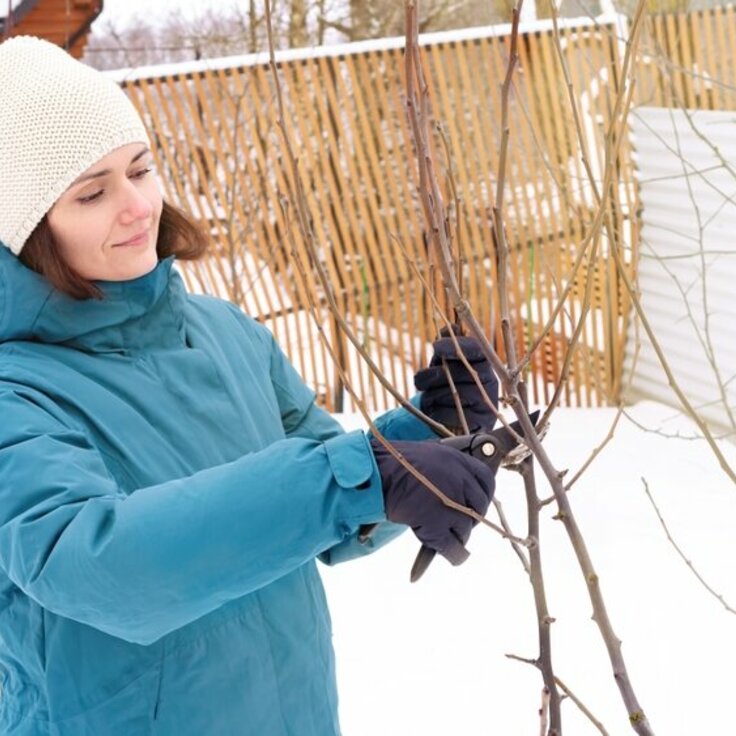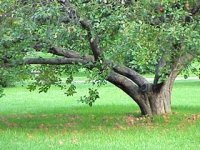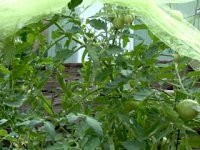Reviving Your Roses
Reviving Your Roses
By Keesa Renee DuPre
Spring is in the air. Your roses will be starting to think about coming out of dormancy soon; here are a few things you can do to help them wake up happy and healthy.
1) Prune. Late fall or early spring are both good times to prune your rosebushes. Roses should never be shorn, like hedge plants; instead, thin out the middle of the bush, so that air can get inside. Stagnation is one of the leading causes of diseases on roses. Always cut directly above a nub of new growth in order to strengthen the rose.
2) Mulch. As the weather starts getting hotter, and your roses begin to come out of dormancy, their water usage is going to increase. You can cut back on water bills, and keep the roses from drying out as often, by spreading bark mulch two to three inches thick around the base of the rosebush. Be careful not to actually bury any of the rose's stem; this can lead to rot, and kill the rose. Mulch also has the advantage of keeping the earth at a more even temperature, so that fluctuating Spring weather isn't as hard on the rose's roots.
3) Fertilize. Once the last frost date is past, and your rose is starting to leaf out, it's time to give it its first feeding of the year. Ideally, this should consist of one teaspoon to one tablespoon (depending on the size of the rose) of time-release fertilizer capsules. Additionally, sprinkle 2-3 tablespoons of Epsom salt around the base of the rose. Try to select a fertilizer that has micronutrients and trace minerals as well as your basic N-P-K.
The time-release fertilizer will last up until frost, when you really don't want the rose to put on new growth, anyway. The Epsom salt, on the other hand, should be reapplied every month.
Getting a good start is essential to having healthy roses. And healthy roses are less susceptible to diseases and insects, which means you have to spray them less often. It's a win-win situation, and roses are the prize.








